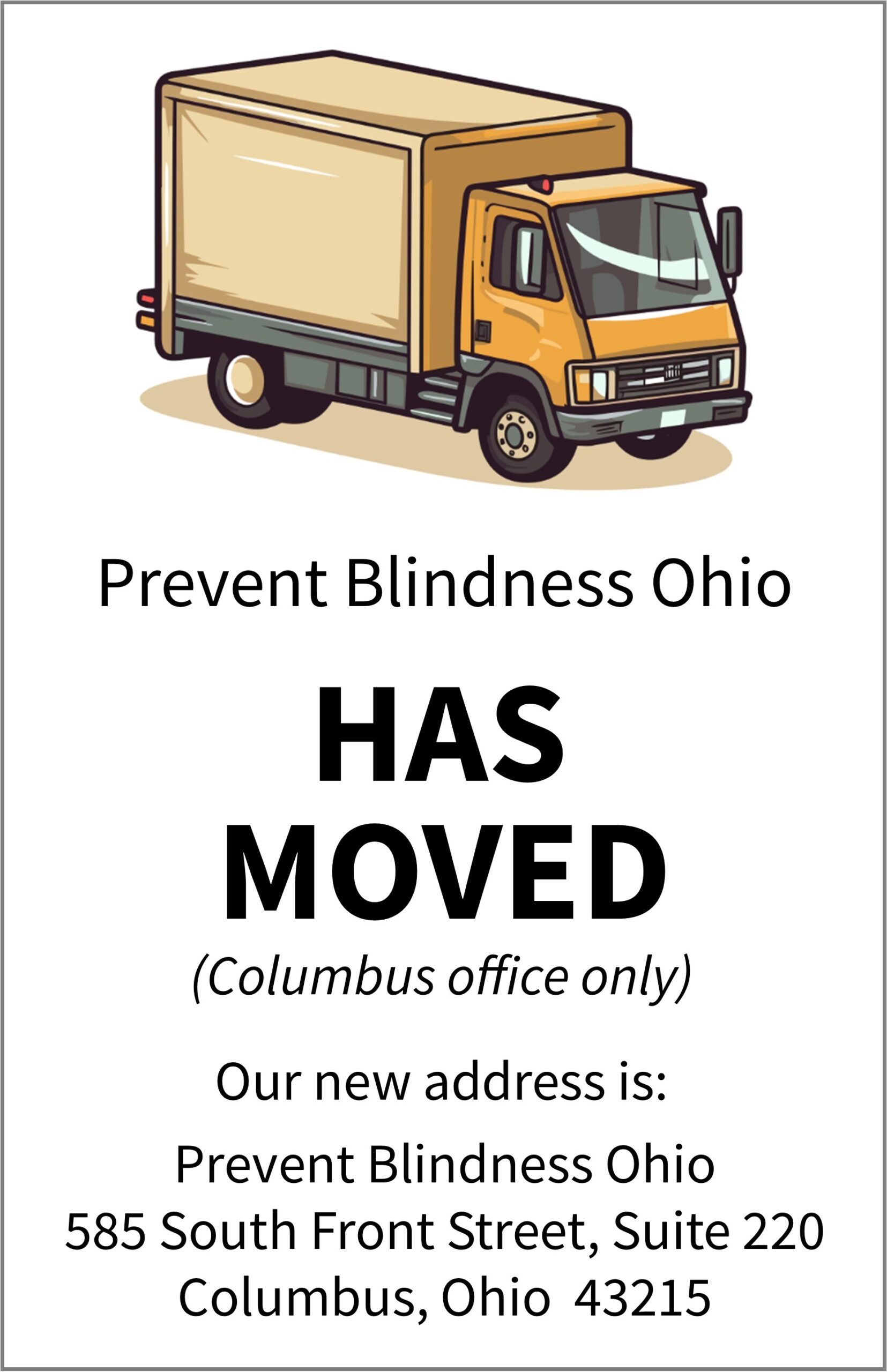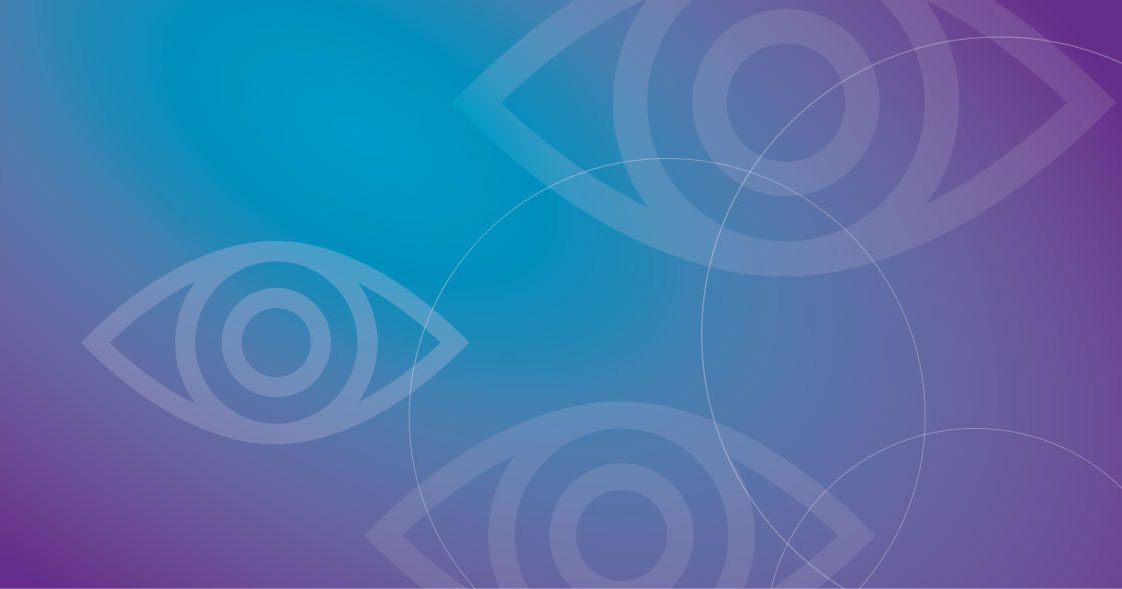Fireworks eye injuries can be prevented. Prevent Blindness warns that there is no safe way for nonprofessionals to use fireworks. The safest way to enjoy the splendor and excitement of fireworks is at a professional display.
According to the U.S. Consumer Product Safety Commission, fireworks are involved in thousands of injuries treated in U.S. hospital emergency rooms each year.
Most fireworks injuries occur during the one month period surrounding the Fourth of July.
- Fireworks were involved with an estimated 10,000 injuries treated in U.S. hospital emergency departments during calendar year 2019.
- An estimated 7,300 fireworks-related injuries (or 73 percent of the total estimated fireworks-related injuries in 2019) were treated in U.S. hospital emergency departments during the 1-month special study period between June 21, 2019 and July 21, 2019 .
- Of the 7,300 estimated fireworks-related injuries sustained, 66 percent were to males and 34 percent were to females.
- Children 0 to 4 years of age had the highest estimated rate of emergency department-treated, fireworks-related injuries. Older teens, 15 to 19 years of age, had the second highest estimated rate.
- There were an estimated 900 emergency department-treated injuries associated with sparklers and 400 with bottle rockets.
- There were an estimated 800 emergency department-treated injuries associated with firecrackers.
- The parts of the body most often injured were hands and fingers (an estimated 30 percent); legs (an estimated 23 percent); eyes (an estimated 15 percent); head, face, and ears (an estimated 15 percent); and arms (an estimated 10 percent).
- Fifty-eight percent of the emergency department-treated injuries were burns. Burns were the most common injury to hands, fingers, arms, and legs. Contusions and lacerations were the most frequent injuries to eyes, which included foreign bodies in the eye.
Do Not Let Children Play With Fireworks
Fireworks and celebrations go together, especially during the Fourth of July, but there are precautions parents can take to prevent these injuries. The best defense against kids suffering severe eye injuries and burns is to not let kids play with any fireworks.
Do Not Purchase, Use, or Store Fireworks of Any Type
Protect yourself, your family and your friends by avoiding fireworks. Attend only authorized public fireworks displays conducted by licensed operators, but be aware that even professional displays can be dangerous.
If an accident does occur, minimize the damage to the eye. In the event of an eye emergency:
- Do not rub the eye. Rubbing the eye may increase bleeding or make the injury worse.
- Do not attempt to rinse out the eye. This can be even more damaging than rubbing.
- Do not apply pressure to the eye itself. Holding or taping a foam cup or the bottom of a juice carton to the eye are just two tips. Protecting the eye from further contact with any item, including the child’s hand, is the goal.
- Do not stop for medicine! Over-the-counter pain relievers will not do much to relieve pain. Aspirin (should never be given to children) and ibuprofen can thin the blood, increasing bleeding. Take the child to the emergency room at once – this is more important than stopping for a pain reliever.
- Do not apply ointment. Ointment, which may not be sterile, makes the area around the eye slippery and harder for the doctor to examine.
Do not let your child play with fireworks, even if his/her friends are setting them off. Sparklers burn at 1800 degrees Fahrenheit, and bottle rockets can stray off course or throw shrapnel when they explode.
Our Position
Prevent Blindness supports the development and enforcement of bans on the importation, sale and use of all fireworks, except those used in authorized public displays by licensed operators, as the only effective means of eliminating the social and economic impact of fireworks-related trauma and damage.



